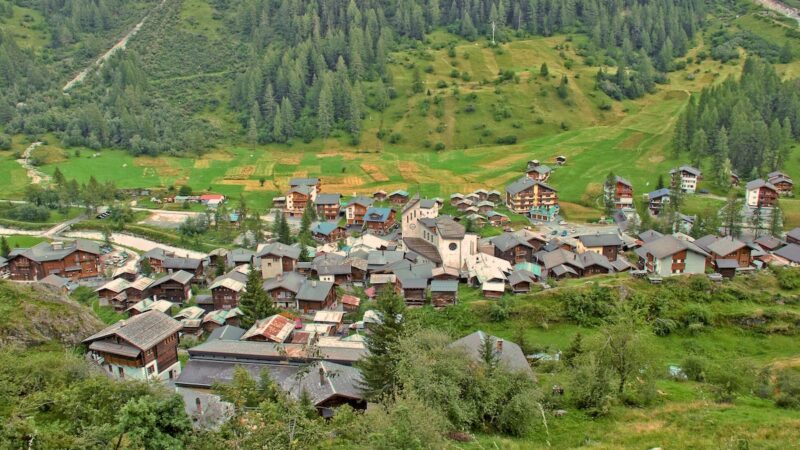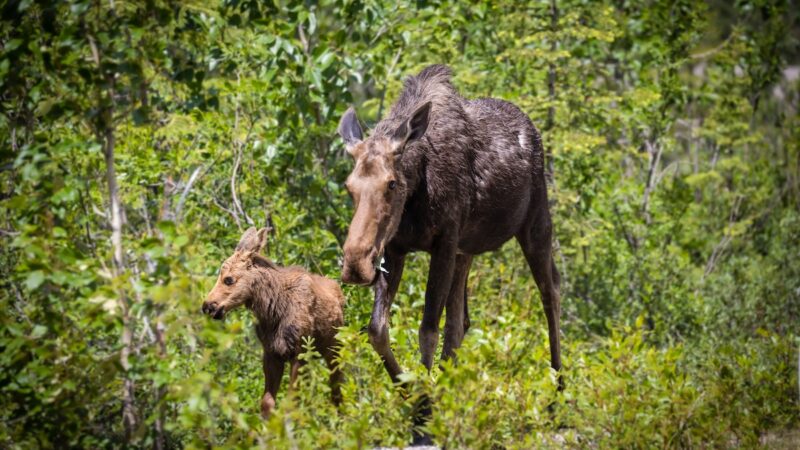The Easiest Mushrooms to Forage in November
Fall doesn’t mean foraging is over. In fact, for mushrooms, it can actually be one of the best times to gather ‘shrooms. In November, foraging is spectacular in areas with extra rain, and it can be a wonderful time for finding wild mushrooms. There are several mushroom species that are more commonly found in the late fall and can be easy to find. Here are some of the easiest to find in November.
Videos by Outdoors
Disclaimer: Never eat any mushrooms you aren’t completely able to identify, and make sure to always double check with an expert. There are countless species of mushrooms, many of which look exactly like toxic and even deadly species.
Chanterelles
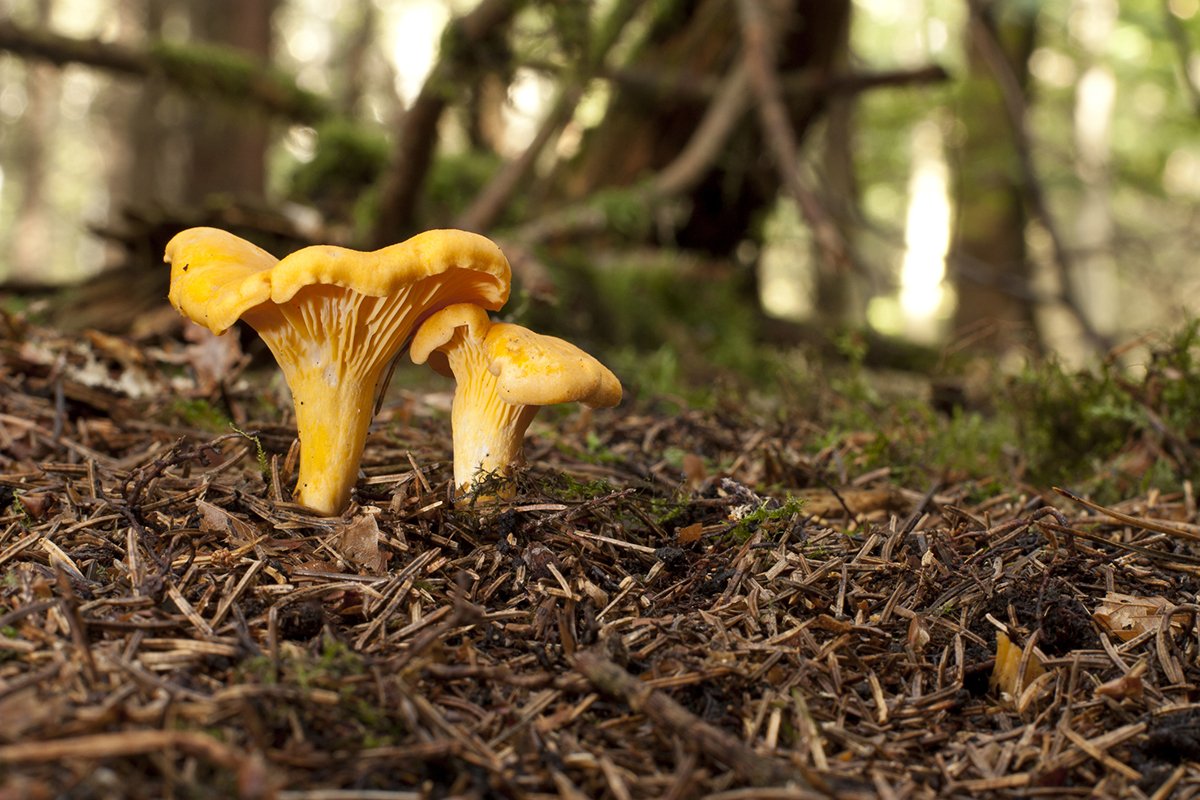
Found in North and Central America, chanterelles are incredibly popular mushrooms that are easy to find and identify. They are quite expensive in stores, so finding them in the wild is a treat. Known for their orange/yellow coloring, they are prized for their delicious flavor.
Typically discovered in forests and woodlands, their distinct funnel shape and coloring with wavy edges make chanterelles easy to distinguish. Look for humid environments, like areas with moss or lichens, and acid soil in forests. Chanterelles always grow from the ground, not on trees or stumps. They are characterized by their wavy top as they mature, solid stems, and false gills with wavy ridges underneath.
Although distinct and easy to identify, there are lookalikes to know about. False chanterelles and poisonous jack-o’ lantern mushrooms look similar to chanterelles, and without close examination, anyone could easily make a mistake. Really understanding the characteristics of the mushroom you’re searching for and closely looking for the differences between edible mushrooms and lookalikes is extremely important.
Hedgehog Mushrooms
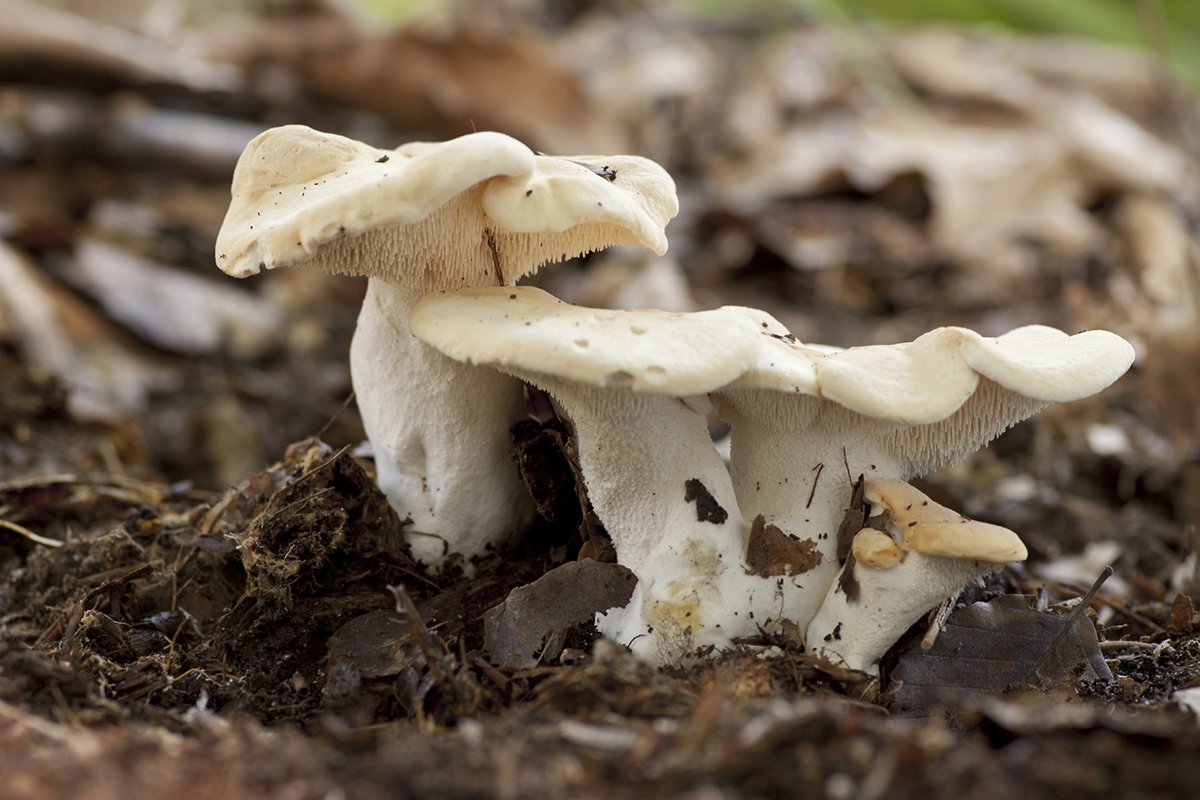
You can find hedgehog mushrooms growing in rings in most types of woodland in November (for the Pacific Northwest, you may occasionally have to wait until December). Hedgehog mushrooms are characterized by their tooth-like spines on the underside of the cap, rather than gills. They are typically light-to-medium brown and are often found under coniferous trees. Their unique appearance makes them relatively easy to distinguish—just find their hedgehog spines.
Hedgehog mushrooms taste delicious; they have a nutty flavor and no toxic lookalikes, so they’re a great mushroom to start foraging with (still preferably with the help of an expert). They do need to be boiled before frying or eating to remove the initial bitter flavor.
Hen of the Woods

Also known as maitake, this mushroom grows in large, edible clusters on the base of hardwood trees, such as oaks. It has a distinctive frilly look and is often brownish in color. Hen of the Woods taste great, are easy to find, and can be huge—as much as 20 pounds. Maitake don’t have gills, and their underside is white with pores. They are found in the temperate forests in the northeastern United States, eastern Canada, and locations around the world.
Lookalikes to Hen of the Woods include Berkeley’s polypore mushroom, cauliflower mushrooms, and black stain mushrooms, but these are all edible, so Hen of the Woods is a great mushroom for beginners to look for in November. A key to identifying maitake is to make sure the mushroom does not have gills.
Oyster Mushrooms
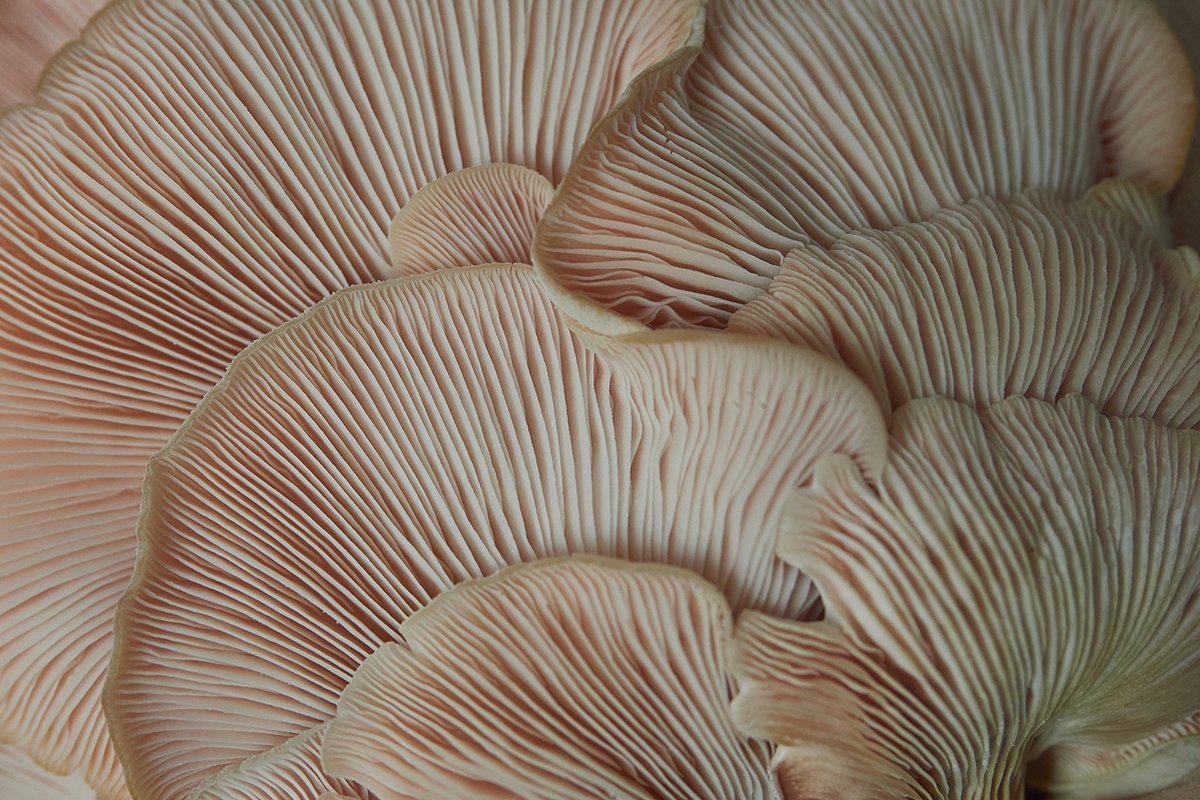
Oyster mushrooms are some of the easiest wild mushrooms to identify and are commonly served in restaurants. They have a broad, flat cap and typically grow in shelf-like clusters on dead or dying hardwood trees and on and near trees like oak or beech in subtropical and temperate forests. They can vary in color but are often white to light brown.
Although the oyster mushroom is very common, there are multiple toxic lookalikes, including ghost fungus, angel’s wing, and ivory funnel. Many consider the poisonous jack o’ lantern a lookalike, but its distinguishing feature is its orange color compared to the mostly white oyster mushroom.
Wood Ear
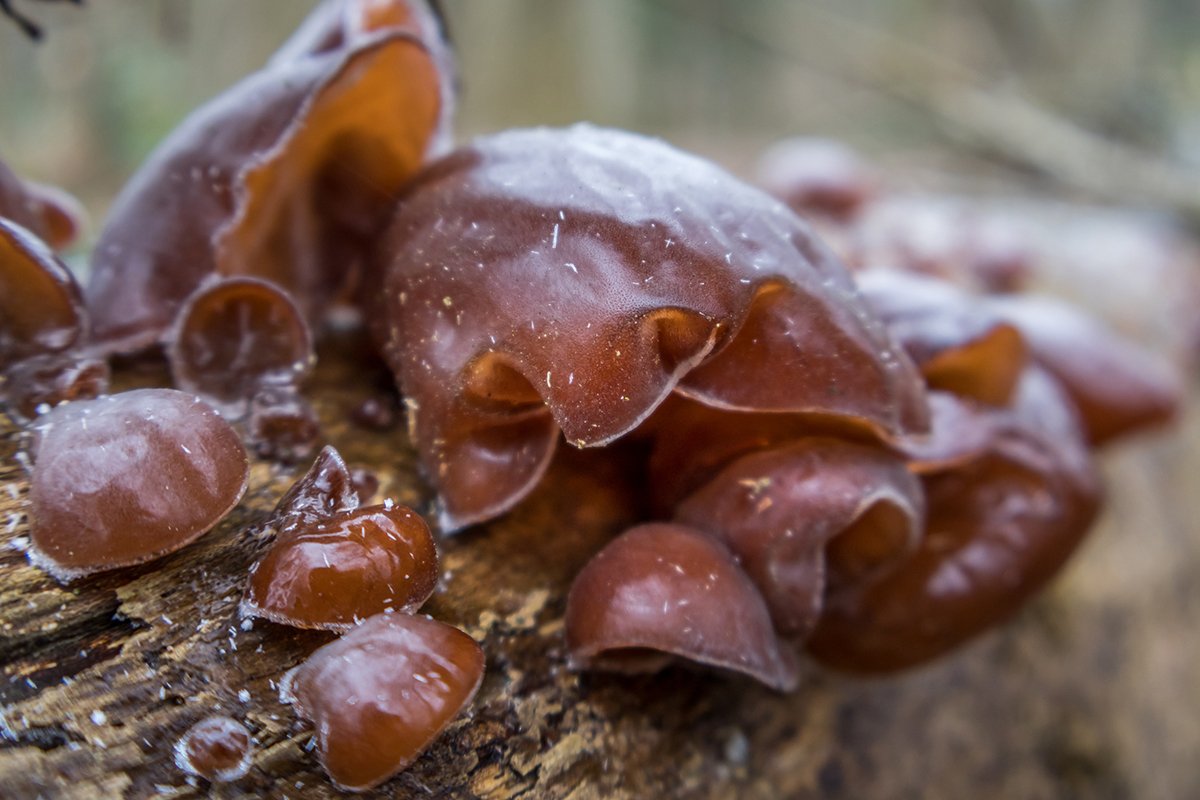
These freaky mushrooms truly look like ears. Fleshy, rubbery, and pink-brown, their texture scarily resembles skin. Growing on the old branches of elder, they are best found in October and November. They like to appear on deciduous trees and shrubs, on fallen and rotting trees alone, or in a colony. These mushrooms dry well and taste great.
A common lookalike is exidia, which is a gelatinous fungus that looks like wood ear. However, wood ear retains its firmer cup shape and exidia is a squishy large mass. Jelly leaf and brown witch’s butter also resemble the wood ear, so take care to look closely.
Source: https://outdoors.com/easiest-mushrooms-to-forage-in-november/


